Where It Begins — SVZ Hypothesis and Precancerous Cells (pre-CC)
Beyond the tumor mass: a beginner’s map of how GBM may arise, diversify, and interact with its “niche”.
Today’s Goals (3-Minute Preview)
- Understand what the SVZ (subventricular zone) is and why it matters.
- Get an intuitive picture of precancerous cells (pre-CC) without heavy jargon.
- Grasp how “shared changes” and later branching relate to tumor diversity.
- See why this viewpoint informs early intervention, stratification, and combination design.
What Is the SVZ? — A “Nursery” for New Cells
The SVZ is a neural stem/progenitor niche near the ventricles. Because it can supply new cells over the lifespan, it’s a plausible starting point for certain GBM lineages.
Beginner Box: Key Ideas
- Stem/progenitor cells: “parent” cells that divide and generate new lineages.
- Niche: the microenvironment that supports stem-cell behavior.
- Hypothesis: some GBMs may originate from SVZ cells that acquire early changes.
What Are Precancerous Cells (pre-CC)?
pre-CC are cell populations at a stage before full malignancy. They may already harbor directional genomic changes—classically illustrated by chromosome 7 gain and chromosome 10 loss—while later changes branch and produce the diverse states seen in the tumor mass.
An Analogy: Shared Seed, Different Branches
Think of multiple branches growing from a common seed (pre-CC). The seed confers shared features (e.g., chr7+/chr10−), but later growth diverges, producing distinct phenotypes and transcriptional states.
Shared vs. Branched Changes (Clonal Evolution 101)
- Shared: pre-CC and the tumor may carry the same early alterations (e.g., chr7+/chr10−).
- Branched: subsequent copy-number and expression changes diverge, yielding OPC-like / AC-like / MES-like states.
- Implication: tumors gain plasticity, escaping single-target therapies.
We’ll keep the math out of this primer. Later parts (plasticity, biomarkers) cover the fine-grained details.
The Power of “Place”: Microenvironment & MIF–CD74
Transition from pre-CC to frank tumor likely involves microenvironmental signals—immunity, glia, and ECM. A frequently cited example is the MIF–CD74 axis, which may act from the “seed” stage through established tumors and immune crosstalk—making it an attractive early-intervention target.
One-Line Takeaway: Don’t treat the tumor alone; address the niche that fuels it.
Why This View Helps Therapy Design
- Early interventions: leverage pre-CC-specific vulnerabilities to blunt diversification.
- Stratification: combine SVZ/pre-CC signatures with imaging (e.g., DTI) to guide who/when/what.
- Combination-first logic: counter plasticity with multi-node nets—e.g., pre-CC + microenvironment + cell-cycle.
Map It Out (Text Diagram — swap for SVG later)
Lineage Sketch
- SVZ stem/progenitor niche
- pre-CC (shared chr7+/chr10−)
- Branching → CC (OPC/AC/MES plastic states)
Therapeutic Sketch
- Target pre-CC vulnerabilities
- Cool the microenvironment “spark” (e.g., MIF–CD74)
- Design combinations anticipating plasticity
Quick Summary
- The SVZ can serve as a cradle for cells that seed GBM.
- pre-CC and tumors may share early changes yet later branch into diverse states.
- Therapy design benefits from early, stratified, combination-first thinking.
My View
GBM’s challenge begins at the seed stage. In my view, acting on the pre-CC foothold and the microenvironmental spark together is a practical route to make future regimens simpler yet deeper. Next up: a primer on microenvironment and immunity, with the MIF–CD74 axis as our guide.
Edited by the Morningglorysciences team.
Related Article
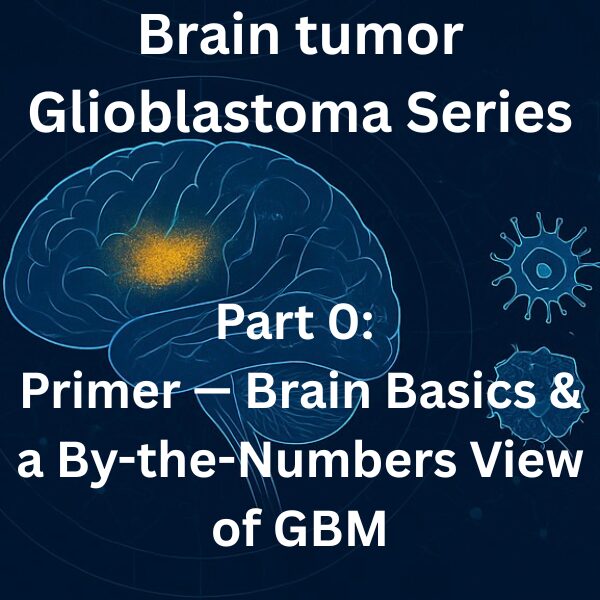
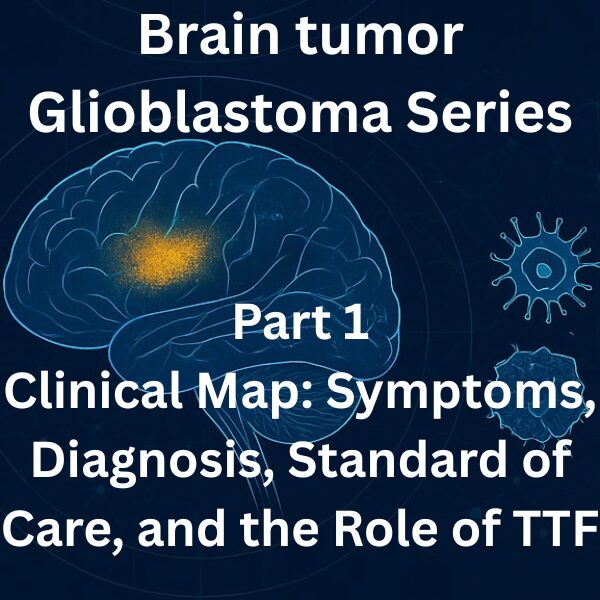
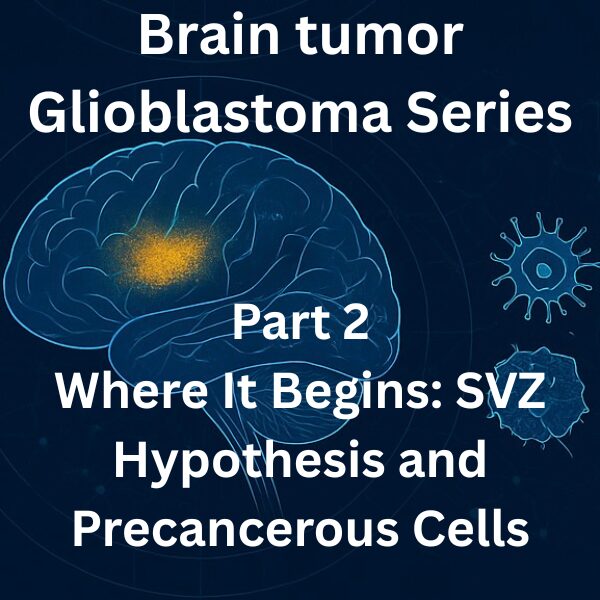
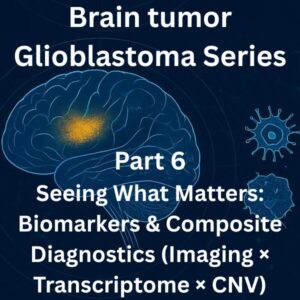
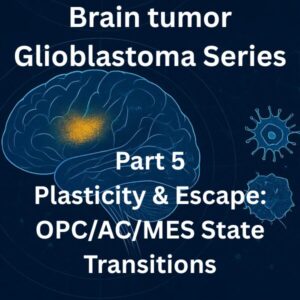
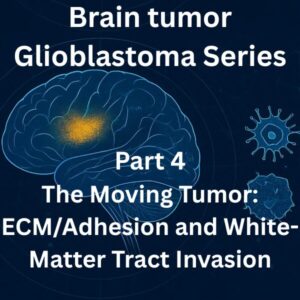
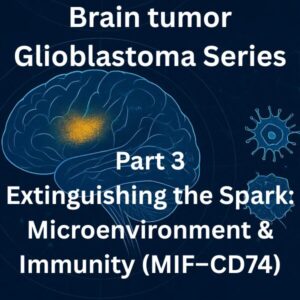
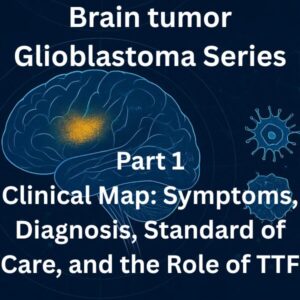
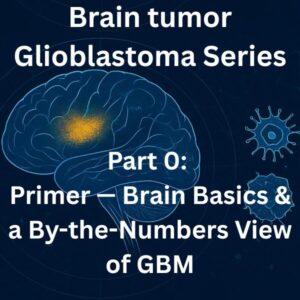
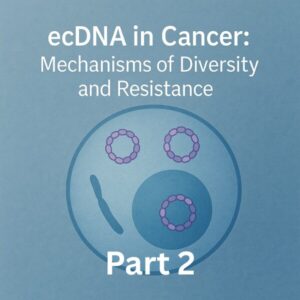
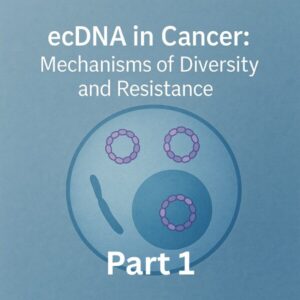
Comments